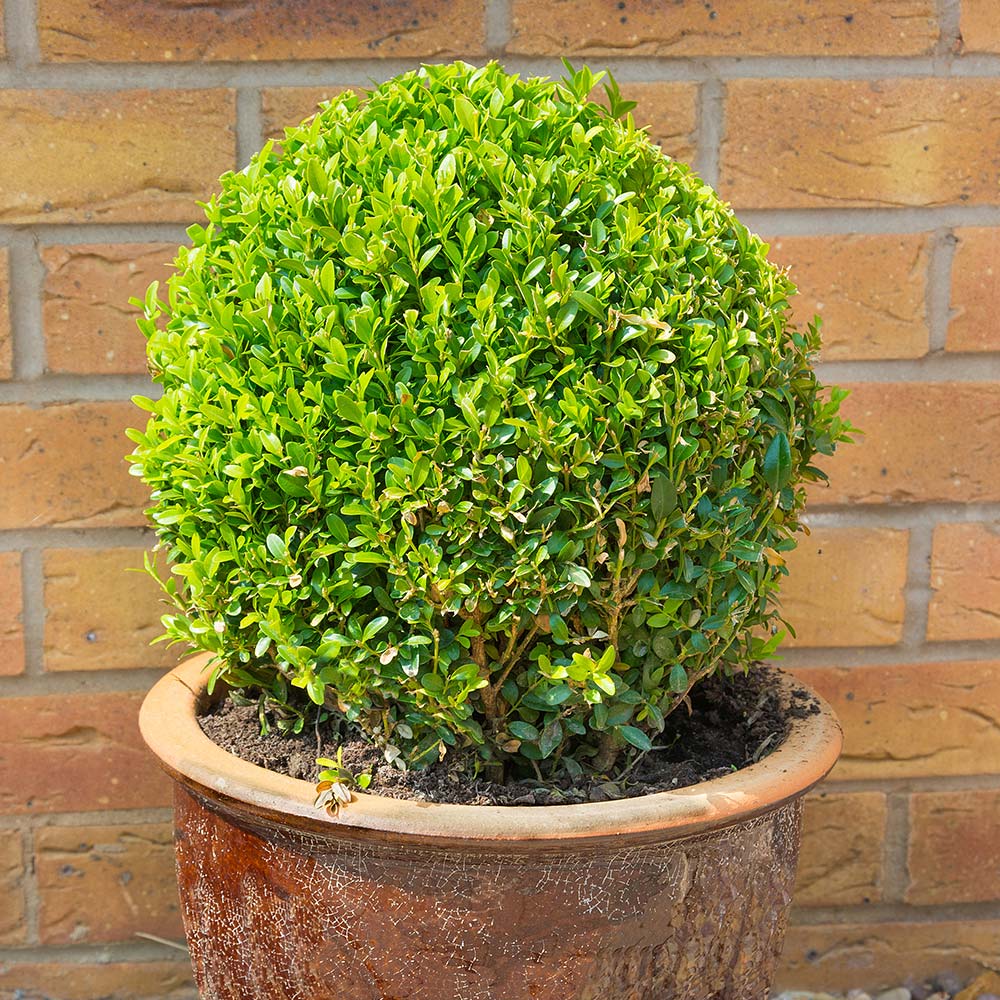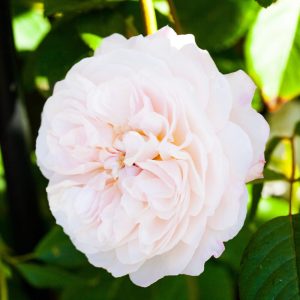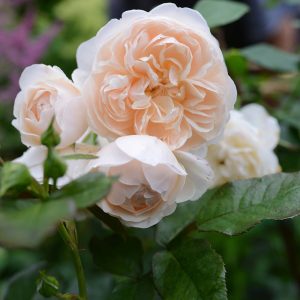Description
Buxus genus. Widely known as box, Buxus are native to Europe, Asia, Central America and South America, most genus are tropical or subtropical with the hardy varieties mainly found in Europe. Grown for it’s small evergreen foliage and ability to withstand regular close trimming. This makes it a favourite for use as hedging and topiary as it can be maintained in a whole range of shapes and remain quite happy.
Key Facts
- Common Name(s):Common Box
- Hardiness:Fully hardy
- How big will I get? Buxus sempervirens Ball can grow to a height of 4-8m and a spread of 4-8m.
- Did You Know That:Romans would use boxwood to carve wax tablets due to the hard nature of the wood?
Plant Calendar
A rough guide to how this plant will change through the year.
| Jan | Feb | Mar | Apr | May | June | July | Aug | Sept | Oct | Nov | Dec | |
| Flowering Time |  |
 |
 |
|||||||||
| Foliage Colour |  |
 |
 |
 |
 |
 |
 |
 |
 |
 |
 |
 |
| J | F | M | A | M | J | J | A | S | O | N | D |
 |
 |
 |
|||||||||
 |
 |
 |
 |
 |
 |
 |
 |
 |
 |
 |
 |
Care Guide

Soil Requirements
Buxus sempervirens Ball prefers moist but well-draining soil. This plant can grow in soil with a wide range of pH levels, it is not picky about the pH level of the soil.

Best Position
Buxus sempervirens Ball can handle either an exposed or a sheltered position and is perfect for darker areas of your garden it likes either full or partial shade.

Maintenance
Buxus sempervirens Ball is often grown for it’s ability to withstand regular trimming and hard pruning as required. For mature plants they should be trimmed back at some time in August, once the new growth has matured slightly. You can trim them earlier in Summer if required but this does increase the plant’s vulnerability to cold spells and diseases such as box blight. Younger buxus should be trimmed more regularly and stems should be cut back by around a third in late Spring to help and improve the bushiness of the plant.

Pest, Diseases and Wildlife
Buxus sempervirens Ball can have problems with Box sucker, box tree moth and scale insects, it can be vulnerable to certain diseases such as leaf spot, and Box Blight. It is toxic to cats, dogs, and horses.





